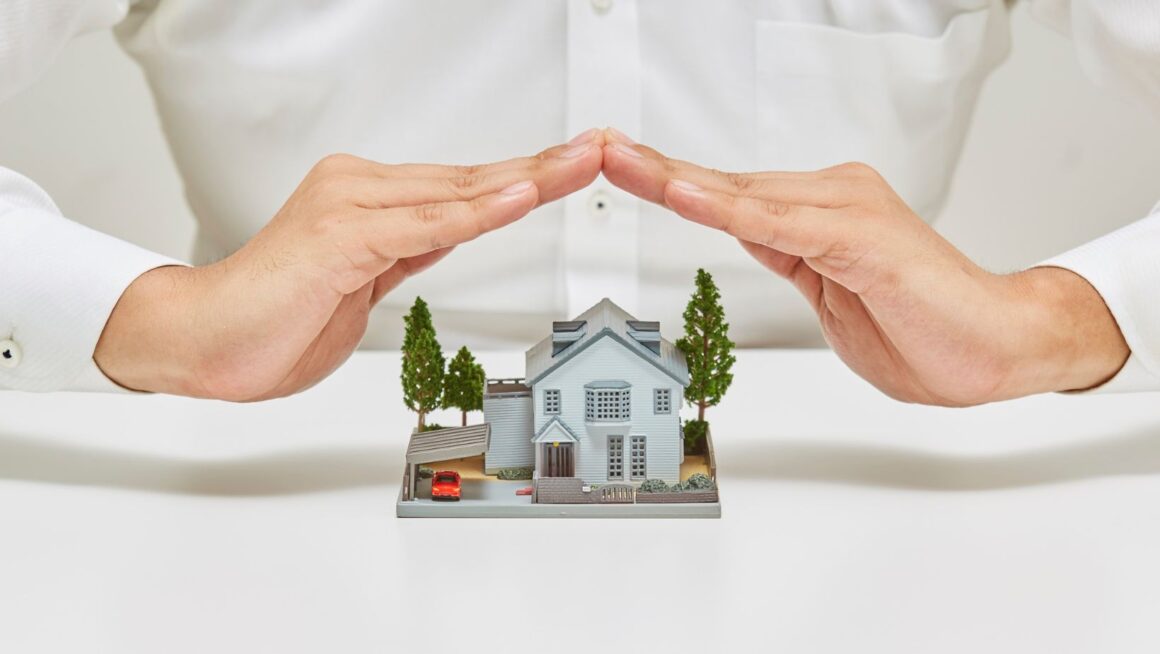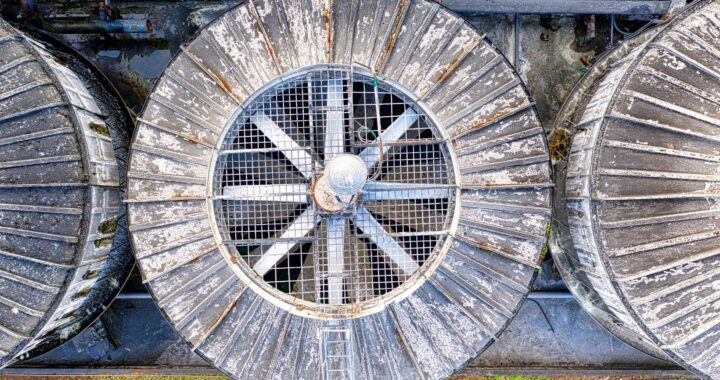Save Money with Smart Home Care

When it comes to maintaining a safe and comfortable home, many people assume it has to come with a hefty price tag. But the truth is, smart home care isn’t about expensive gadgets or luxury upgrades—it’s about making intentional choices that protect your property, lower your bills, and extend the life of your home. Whether you’re a homeowner trying to safeguard your investment or a renter managing a budget, adopting smart home care strategies can save thousands over time.
Proactive care and practical improvements can transform the way families live. These strategies are especially powerful when combined with affordable housing initiatives, where every dollar saved can help create greater stability. Let’s explore the top ways you can save money through smart home care, while also tying these ideas to long-term housing affordability.
1. Preventative Maintenance: The Foundation of Savings
The easiest way to save money on your home is to prevent costly repairs before they happen. Think of your home as you would a car: regular maintenance keeps things running smoothly and prevents unexpected breakdowns.
- HVAC Systems: Changing air filters every 1–3 months ensures your heating and cooling systems don’t overwork, reducing energy bills and avoiding breakdowns that can cost thousands.
- Plumbing Checks: A small leak can waste gallons of water each day, running up utility bills. Inspect under sinks and around toilets regularly.
- Roof & Gutter Care: Cleaning gutters and checking for damaged shingles helps avoid major water damage—a repair that can easily run into five figures.
Preventative maintenance may feel like extra work, but it’s an investment in long-term savings. A $20 filter or $50 gutter cleaning today can prevent a $5,000 repair tomorrow.
2. Energy Efficiency: Lower Bills, Greener Living
Energy efficiency is one of the most effective ways to combine cost savings with eco-friendly living. With just a few small changes, you can slash your utility bills and extend the lifespan of your appliances.
- LED Lighting: Switching to LED bulbs can cut your electricity costs by up to 80% compared to traditional bulbs.
- Programmable Thermostats: Even basic models let you adjust temperatures when you’re not home, saving hundreds annually.
- Sealing Drafts: Caulking windows and adding weatherstripping to doors can keep warm or cool air inside, lowering heating and cooling bills.
For families on a tight budget, these energy-efficient choices can make the difference between struggling with bills and finding a little breathing room each month.
3. Smart Home Upgrades That Pay Off
When people hear “smart home,” they often think of expensive systems, but affordable versions of these technologies are widely available. Better yet, they often pay for themselves within a year or two.
- Smart Power Strips: These automatically cut power to devices not in use, preventing “phantom energy” drain.
- Leak Detectors: Small sensors placed near sinks, water heaters, or washing machines send alerts at the first sign of water leakage, preventing costly damage.
- Wi-Fi Thermostats: More advanced than programmable models, they learn your habits and make adjustments automatically.
These tools not only save money but also give families peace of mind. Knowing you’ll get an alert before a leak becomes a flood is priceless.
4. Affordable Housing and Home Care: A Perfect Pair
Home care isn’t just for those with large properties or significant incomes—it’s equally, if not more, important for affordable housing households. By reducing utility bills and extending the life of appliances, families can redirect savings toward essentials like food, transportation, and healthcare.
This is especially relevant for people navigating the Section 8 housing program. Access to Section 8 Listings helps families find affordable rental options, but once they’ve moved in, managing monthly costs becomes the next challenge. Smart home care provides a way to make housing not just accessible, but truly sustainable.

Affordable housing advocates often stress the importance of long-term affordability, not just initial access. Simple home care strategies can bridge this gap by keeping utility and repair costs manageable.
5. Seasonal Care: Timing Matters
Smart home care also means paying attention to seasonal changes. Each season comes with its own set of challenges and opportunities for saving money.
- Spring: Clean gutters, check the foundation for cracks, and service your air conditioning system before the summer rush.
- Summer: Use ceiling fans to reduce reliance on AC, and check for leaks in sprinklers to avoid high water bills.
- Fall: Inspect heating systems, clean chimneys, and seal gaps where rodents or drafts could enter.
- Winter: Insulate pipes to prevent freezing, and reverse ceiling fan blades to push warm air down.
By syncing your home care routine with the seasons, you can tackle issues at the right time—before they become emergencies.
6. The Role of Education in Smart Home Care
Many families aren’t aware of how simple home maintenance tasks can prevent major expenses. Educational resources, workshops, and online guides empower renters and homeowners alike to take proactive steps.
When paired with affordable housing resources, these tips can truly change lives. The more people know about preventative care, the less they’ll spend on avoidable problems.
7. Building Stability Through Savings
For families living paycheck to paycheck, even small savings matter. Smart home care doesn’t just reduce costs—it builds financial resilience. Every dollar saved on utilities or avoided repairs can be redirected toward savings accounts, educational expenses, or emergency funds.
This stability is especially vital in affordable housing communities, where unexpected costs can derail progress. By integrating smart home care into daily routines, families can create a safety net for themselves and future generations.
8. The Big Picture: Community Benefits
When entire communities adopt smart home care practices, the benefits multiply. Lower energy consumption reduces strain on local grids, while preventative maintenance lowers demand for emergency housing repairs and municipal resources.
Affordable housing programs and property managers can also benefit by encouraging tenants to adopt these practices. A well-maintained property experiences fewer emergencies, lowering costs for both tenants and landlords.
Conclusion: Smart Home Care is Smart Living
Smart home care isn’t about expensive technology or complicated routines—it’s about simple, intentional actions that protect your home and your wallet. From preventative maintenance and energy efficiency to affordable smart upgrades, these strategies provide long-term savings and stability.
For families working within the framework of affordable housing, these savings are especially valuable. Accessing affordable rentals through programs like Section 8 is just the beginning—true stability comes from creating a home environment that’s efficient, safe, and cost-effective.
Everyone deserves the opportunity to live in a home that supports both comfort and financial health. By making smart choices today, you’re building a stronger foundation for tomorrow.

 www Rapid HomeDirect .com: The Ultimate Destination for Home Goods
www Rapid HomeDirect .com: The Ultimate Destination for Home Goods  Explosion-Proof Fans for Chemical Plants, Refineries, and Oil Rigs
Explosion-Proof Fans for Chemical Plants, Refineries, and Oil Rigs  Protecting Your Home from Neighborhood Noise Pollution
Protecting Your Home from Neighborhood Noise Pollution